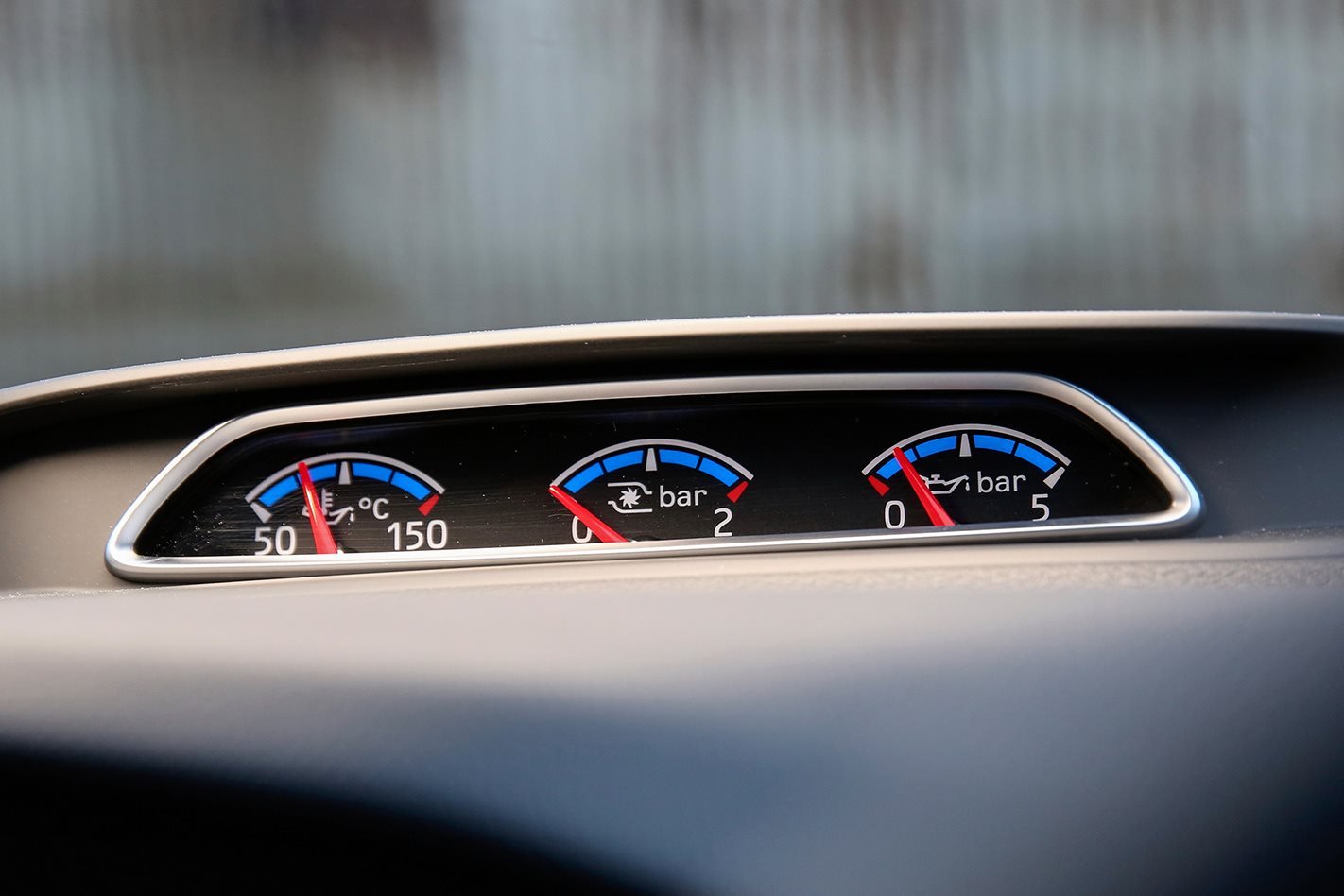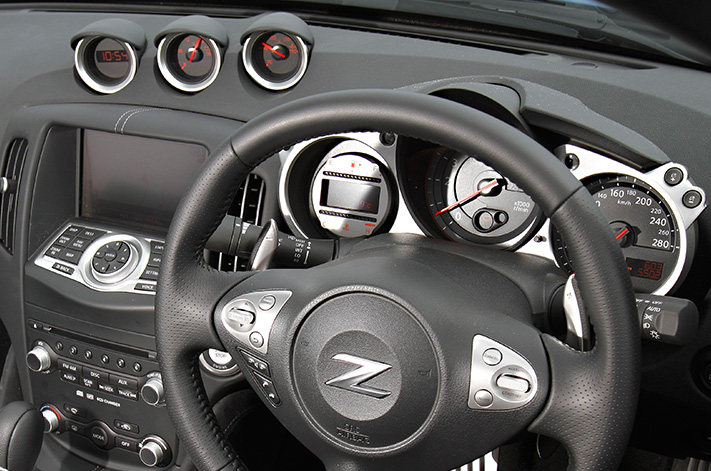
In early May, we highlighted a number of items that you may have noticed are becoming less common in modern cars thanks to the onslaught of new technology that makes day-to-day motoring simpler, safer and more enjoyable.
One such feature that was once commonplace but now hard to find is the humble gauge.
The theory goes that too much information is confusing or distracting and that when it comes to engine coolant temperature, for example, the average driver does not need notification until something goes awry.

Would you know the implications of a gauge reading of 60 degrees, 90 degrees and 120 degrees?
Many manufacturers have now substituted a graduated scale for a simple normal and red zone, while others have done away with the dial altogether in favour of a warning light that only comes on when the engine overheats.
Older vehicles, particularly high-performance models, often have auxiliary gauges that offer more information for higher-stress engines under greater demand. Here’s what all that information means if you ever get behind the wheel and are faced with a deluge of information, starting with the basics.
COOLANT TEMPERATURE
As the life-blood of your engine, coolant temperature can offer a first warning sign of significant problems before they become serious or cause a breakdown.
Healthy coolant should be a mix of water and an additive but unlike water at atmospheric pressure which boils at about 100 degrees, the sealed cooling system is pressurised and can operate above 100 degrees without boiling. Normal range is between 90 and 110 degrees.
Persistent low temperatures might point to a faulty or failed thermostat, while high temperatures can indicate a whole catalogue of sins including head gasket, coolant pump, radiator or cooling fan problems.
Engine temperature will naturally fluctuate – sometimes into the abnormal range – according to load and atmospheric temperatures.
VOLTAGE
A vehicle’s electrical voltage can change dramatically depending on the health of the battery and alternator (the component that charges the system using the engine), and the use of electrical consumers.
With the engine off, a volt metre should read between 12 and 12.6 volts but that will increase to as much as 15 volts. As various power consumers are switched on such as the headlights, seat heaters and read window demister, the overall voltage will drop.
If the volt reading drops below about 11.5 volts with the engine running, there is a net loss and the battery could be discharged over time. If it spikes to about 15 volts there could be a voltage regulation problem which will damage the battery. Again, both are handy early warning signs if you know what to watch.

CURRENT
Like electrical system voltage, the amount of current (amperes or amps) drawn from or charging the battery is important and is also an indication of electrical system health.
Unlike a volt metre, the ammeter has both a positive and negative scale. When the amps are in the positive range, the alternator is making a net gain in electrical charge, charging the battery and providing energy for all the electrical systems as well. A drop to the negative scale is not immediately bad but indicates that there is either a component using an excessive amount of current or the charging system is unable to keep up.
A prolonged duration in the negative zone requires investigation before a more serious problem arises. A normal reading is between plus and minus 40 amps, although the starter motor is the largest consumer of current and that figure can jump to a far higher reading during starting.
OIL PRESSURE
Of all of the vital signs you might find a gauge for, nothing causes a problem faster than incorrect or critical oil pressure.
Such is the severity of low (and to an extent, high) oil pressure, that all vehicles are fitted with a low pressure warning light but, like all gauges, an abnormal reading within limits can highlight problems long before the problem becomes serious.
Engine oil pressure rises naturally with engine speed (as indicated by the tachometer or rev-counter) from an idle pressure of about 10psi to a predetermined maximum of about 80 psi although these figures vary depending on the age, temperature and performance of an engine.
Low readings at idle can be a sign of a worn oil pump, low oil level or incorrect oil grade, below normal pressure under load could be a result of worn engine bearings or clogged filter, while excessive pressure can be caused by a faulty regulator, to name just a handful of causes.
OIL TEMPERATURE
Just as coolant temperature can be a barometer of engine health, oil temperature can reveal what is going on at the coal face. While the two are intrinsically linked, oil temperature can offer a more accurate picture of what is going on under your bonnet.
Problems that cause oil and coolant temperature to rise in unison are often different to those that cause one or the other to spike independently.
Depending on engine load and atmospheric conditions, normal oil temperature will sit slightly above coolant temperature under low load but will increase the difference as load and engine speed increases. Normal temperature ranges between 110 and 130 degrees.

BOOST
Some turbocharged or supercharged high-performance vehicles have an additional gauge to indicate when the engine is benefiting from forced induction, and how much above atmospheric pressure the turbo or surpercharger is working.
Some boost gauges will have a negative region which indicates inlet manifold vacuum or the condition under which the turbo or supercharger has no effect. The zero mark is referred to as the boost threshold or the point at which the manifold pressure equals atmospheric, and everything above that is positive boost pressure.
Depending on the vehicle and state of tune, boost pressures can be in the region of 25 psi or 1.7 bar.
Unusual gauge readings including a spike to maximum pressure before falling back, excessive pressure, low boost and fluctuating needle can be used to diagnose faulty turbochargers, leaking hoses, blocked air filters and many other ailments.




